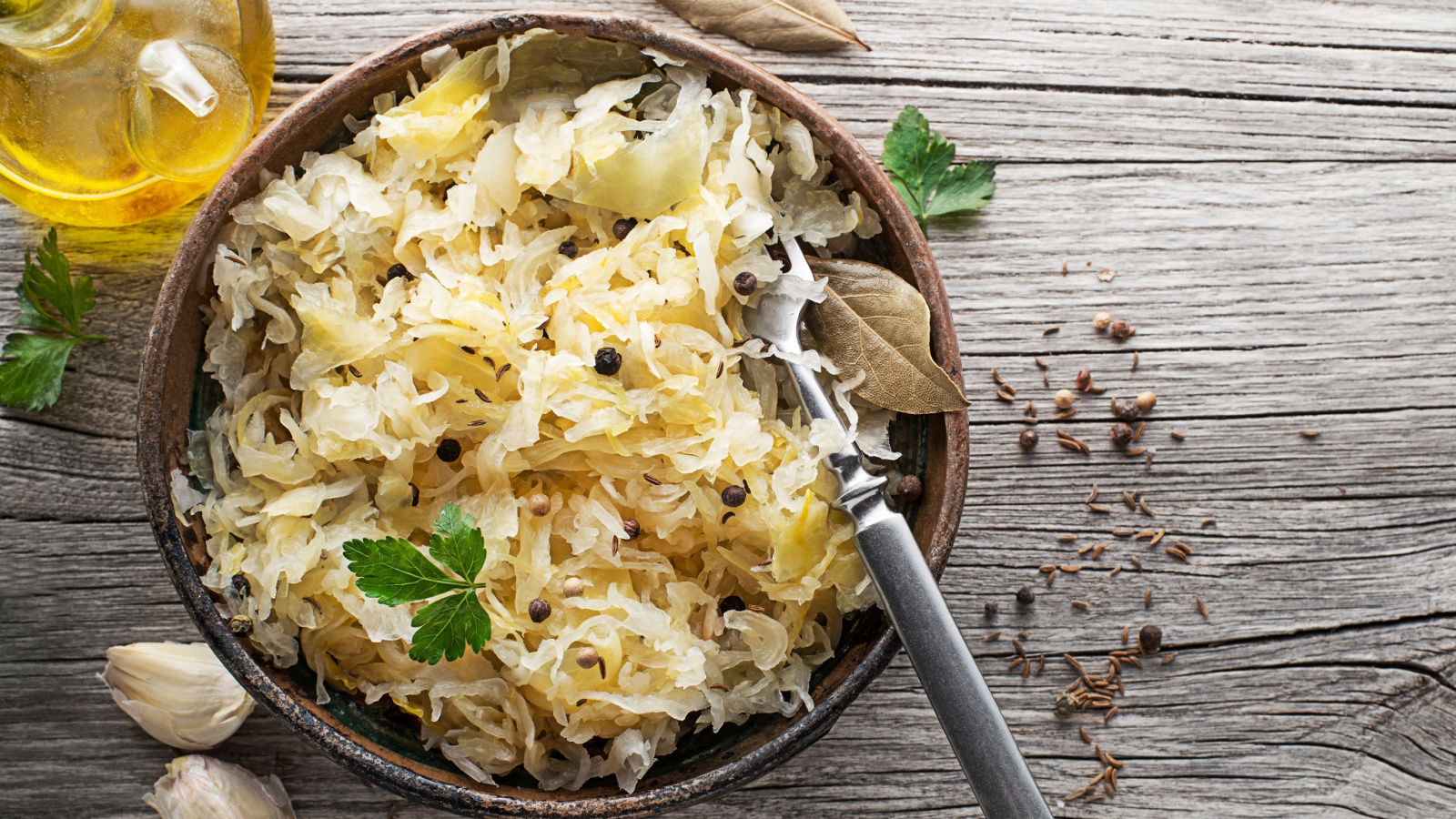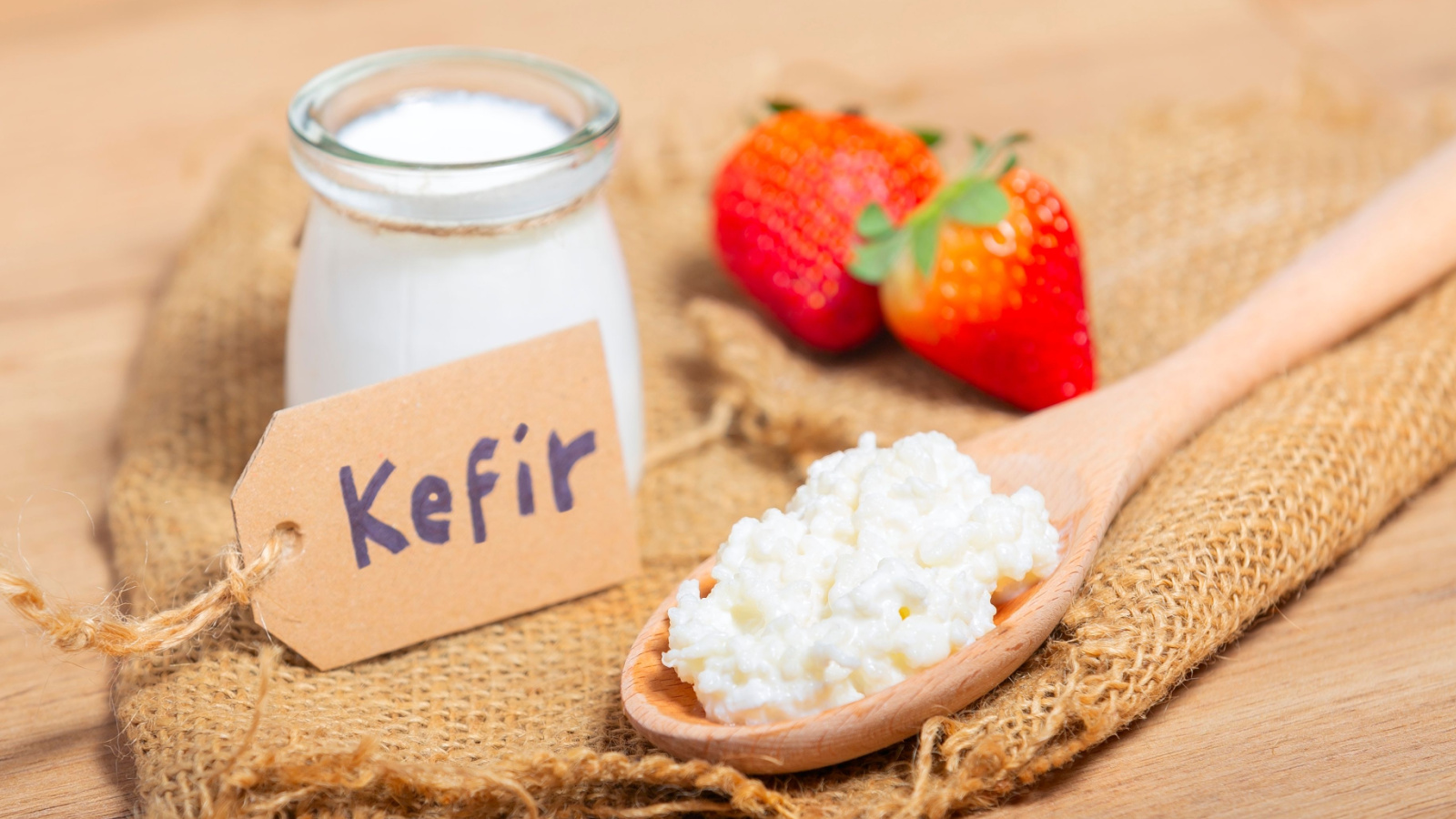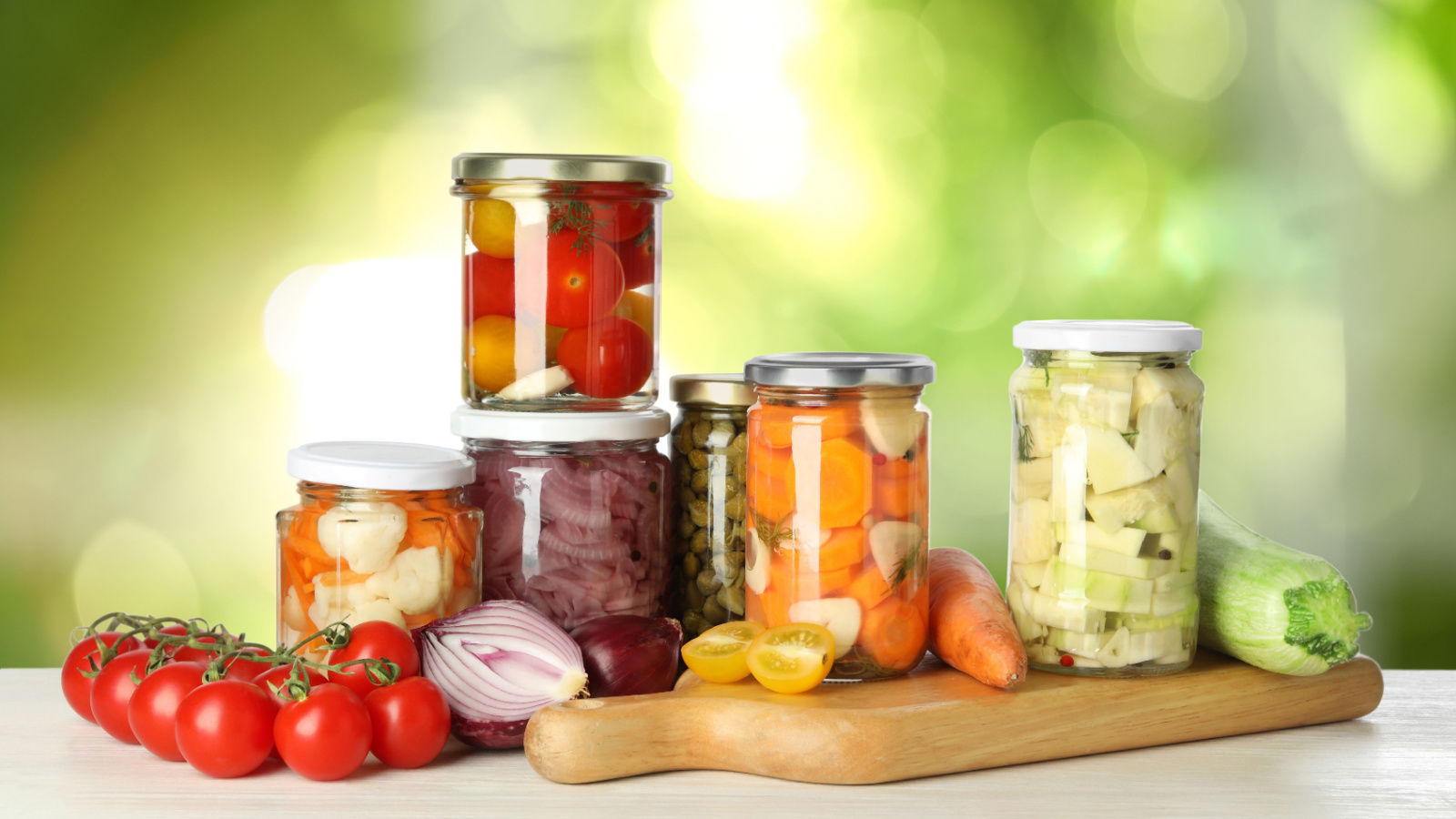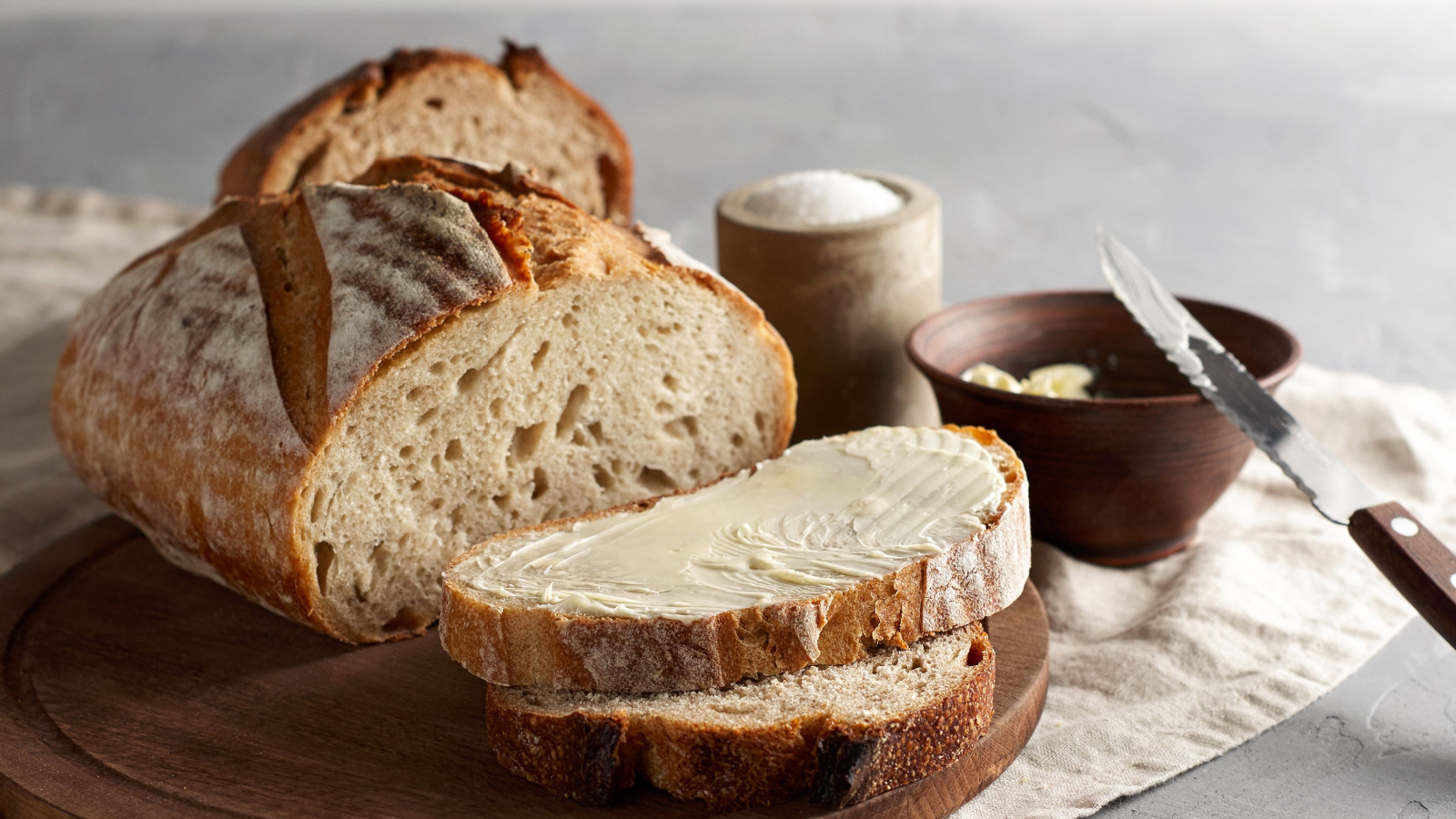Fermentation is having a major moment in Canadian kitchens. These foods bring depth to everyday meals, offer probiotic benefits, and often tie back to cultural traditions that make them feel timeless. From old-world staples to modern favorites, fermentation is showing up on shelves, in restaurants, and in home experiments. These are 10 delicious fermented foods making waves in Canadian kitchens:
Kimchi

Kimchi has leapt from Korean kitchens into Canadian households, becoming a go-to condiment for spice lovers. Its bold mix of fermented cabbage, garlic, chili, and ginger adds both heat and probiotics to meals. Canadians are tossing it into grain bowls, layering it on sandwiches, and even using it as a topping for burgers or pizza. Beyond flavor, kimchi is celebrated for its gut-friendly bacteria and nutrient density, making it a healthy staple with global appeal. Its adaptability and punchy taste ensure that it keeps gaining ground as a refrigerator must-have across Canadian kitchens.
Sauerkraut

Sauerkraut may feel like an old classic, but it is experiencing a revival in Canadian cooking. Traditionally paired with sausages and stews, this tangy fermented cabbage now shows up in wraps, salads, and even fusion tacos. Canadians appreciate its simplicity, which is just cabbage and salt, and its benefits for digestion and immunity. Artisanal sauerkraut brands are also popping up, offering varieties spiked with turmeric, garlic, or beets. Whether enjoyed as a crunchy topping or a side dish, sauerkraut is making its way from European roots into modern Canadian kitchens as both a comfort food and a nutritional powerhouse.
Kombucha

Kombucha has become a Canadian favorite, transitioning from niche health stores to mainstream grocery aisles. This fizzy, fermented tea combines tangy flavors with probiotic benefits, and local brewers are experimenting with everything from blueberry-lavender to ginger-lemon. Canadians often reach for it as a refreshing alternative to soda, appreciating its balance of tartness and natural sweetness. Home brewing has also become popular, with kits making it easy to experiment in small batches. With its wellness halo and craft appeal, kombucha has cemented itself as both a trendy beverage and a cultural touchpoint in the Canadian food scene.
Miso

Miso, the Japanese fermented soybean paste, has earned a spot in Canadian kitchens far beyond miso soup. Its savory umami punch is being used to elevate marinades, salad dressings, and even desserts like miso caramel. Canadians value its versatility, nutritional benefits, and ability to add depth to simple dishes. Grocery stores now carry multiple varieties, including white, red, and mixed, giving home cooks flexibility, while its long shelf life also makes it a pantry staple. With growing interest in Asian flavors, miso is becoming a bridge between tradition and innovation, showing Canadians how fermentation enhances both taste and creativity.
Kefir

Kefir, a tangy fermented milk drink, is finding its place in Canadian fridges as a probiotic powerhouse. Similar to yogurt but thinner, it is consumed straight, blended into smoothies, or poured over granola. Canadians are drawn to its gut health benefits and its creamy yet refreshing taste, and dairy-free versions made with coconut or almond milk have expanded its reach, making it popular among those with dietary restrictions. With growing awareness of digestive wellness, kefir has shifted from a specialty item to a daily ritual for many, cementing its role as both a health tonic and a versatile ingredient.
Tempeh

Tempeh, a fermented soybean product from Indonesia, is gaining traction in Canada as a plant-based protein with depth and texture. Unlike tofu, tempeh has a nutty flavor and firm bite, making it ideal for grilling, stir-frying, or marinating. Canadians are incorporating it into tacos, grain bowls, and even classic comfort dishes as a meat alternative. Its fermentation process not only boosts digestibility but also adds nutritional value. With the rise of plant-forward eating, tempeh is becoming a go-to ingredient for those seeking both flavor and function in their meals, offering substance with a healthy twist.
Pickles

Pickles may seem timeless, but artisanal fermentation is giving them fresh appeal in Canadian kitchens. Beyond the standard dill spear, Canadians are experimenting with naturally fermented cucumbers, carrots, and even green beans. These brined vegetables bring crunch, tang, and probiotics to charcuterie boards, sandwiches, and snacks. Farmers’ markets and specialty shops now feature small-batch pickles flavored with herbs and spices that elevate them beyond store-bought versions. The homemade pickle trend is also booming, with canning and fermentation kits making it approachable, as pickles have shifted from side dish to spotlight, celebrated for their tradition and creative possibilities.
Yogurt

Yogurt has long been a staple of the Canadian breakfast, but the rise of probiotic-rich varieties has elevated it to new heights. From Greek yogurt to Icelandic skyr, Canadians are embracing its versatility and health benefits. Flavored or plain, it’s being used in smoothies, parfaits, dips, and baking. Fermentation gives yogurt its creamy tang, while also making it a digestive ally, and dairy-free versions made with soy, coconut, or oat milk have widened its reach, appealing to plant-based eaters. Yogurt’s ability to balance indulgence with nutrition ensures it remains a cornerstone of the Canadian diet, blending tradition with modern tastes.
Natto

Natto, a traditional Japanese dish of fermented soybeans, is making a quiet entrance into Canadian kitchens. Known for its strong aroma and sticky texture, it is considered an acquired taste, but health enthusiasts praise its benefits, as it is rich in probiotics and vitamin K2, and it supports digestion and bone health. Canadians interested in global flavors are starting to experiment with it, often pairing it with rice or eggs. Specialty Asian grocery stores now carry imported packs, introducing adventurous eaters to their unique profile. While polarizing, natto is slowly carving out a space as a superfood worth trying.
Sourdough Bread

Sourdough bread became a Canadian phenomenon during the pandemic and hasn’t lost its appeal. Its signature tang comes from natural fermentation, which also makes it easier to digest than commercial loaves. Canadians embraced sourdough baking at home, with starters passed around like family heirlooms. Today, artisanal bakeries keep the trend alive, offering rustic loaves with chewy crusts and airy interiors. Beyond taste, sourdough connects eaters to tradition, craft, and community. Whether homemade or bakery-bought, it has evolved from simple bread to a cultural staple, proving that fermentation can transform even the most basic food into something extraordinary.
21 Products Canadians Should Stockpile Before Tariffs Hit

If trade tensions escalate between Canada and the U.S., everyday essentials can suddenly disappear or skyrocket in price. Products like pantry basics and tech must-haves that depend on are deeply tied to cross-border supply chains and are likely to face various kinds of disruptions
21 Products Canadians Should Stockpile Before Tariffs Hit
